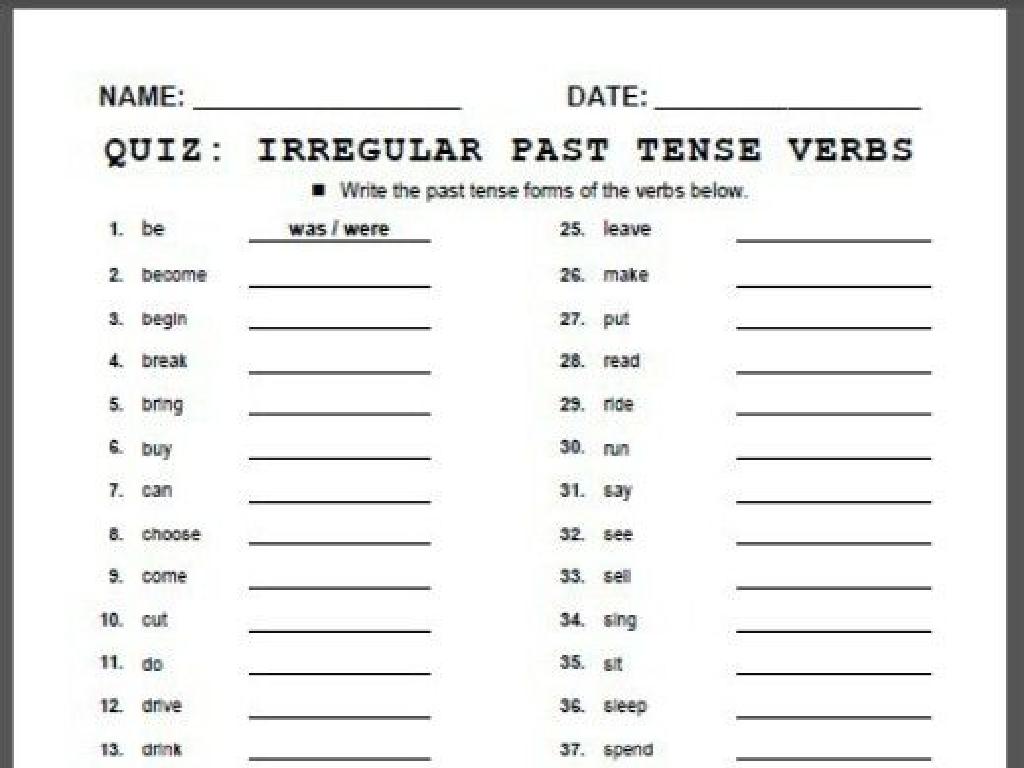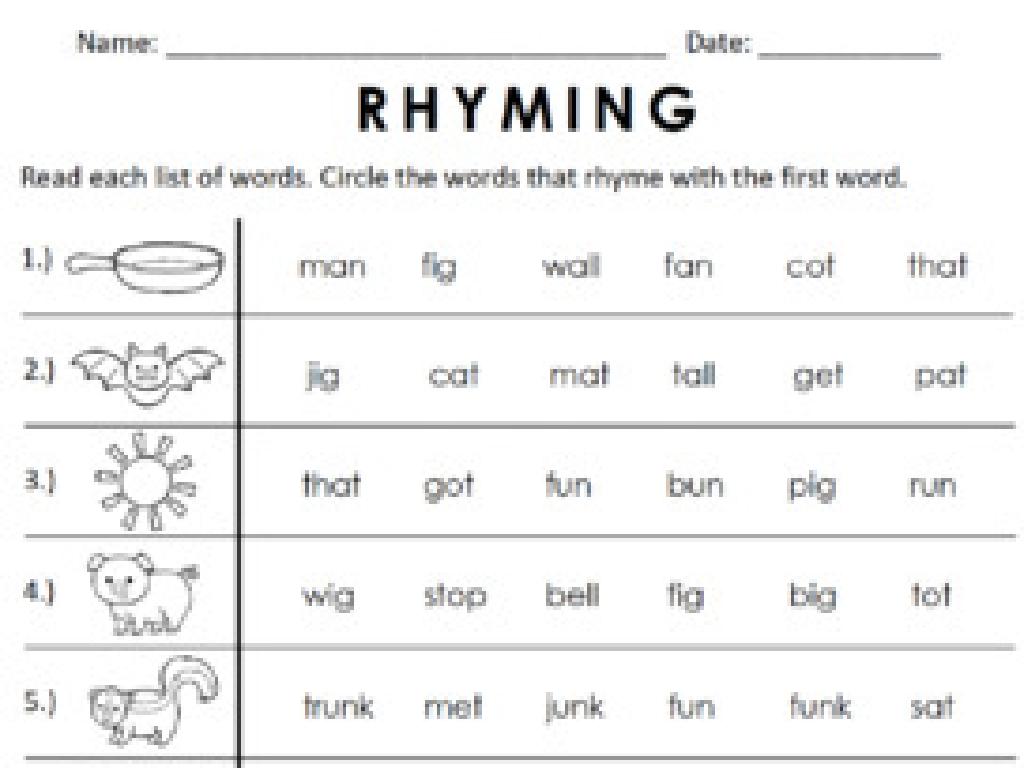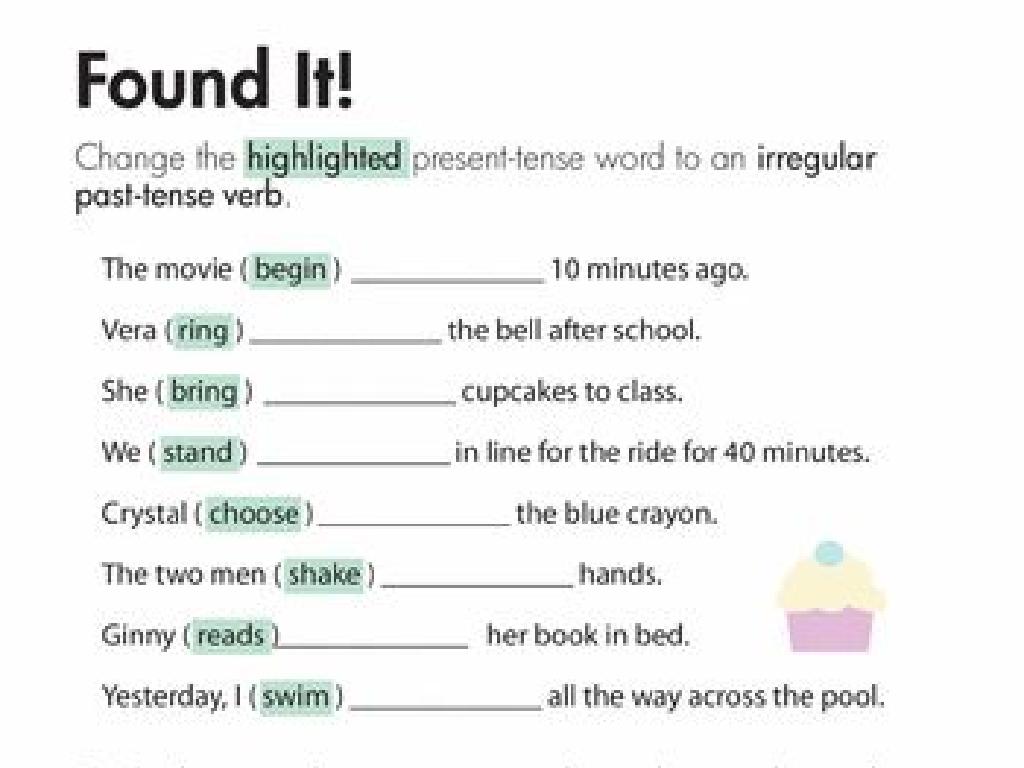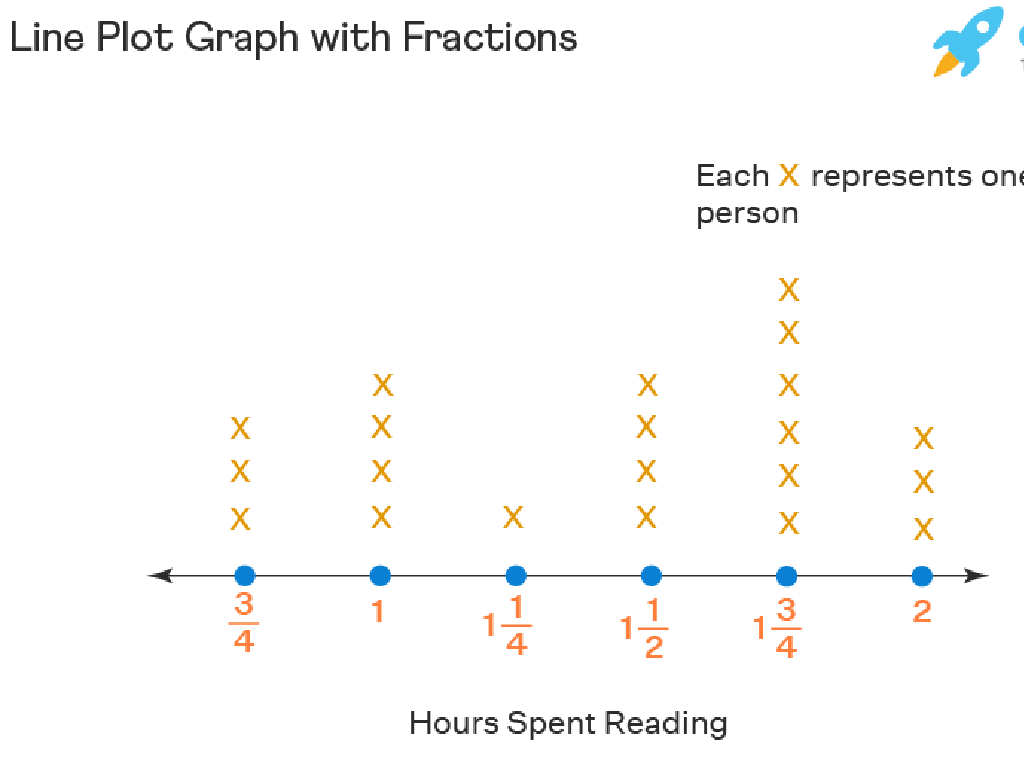Graph Inequalities On Number Lines
Subject: Math
Grade: Sixth grade
Topic: One-Variable Inequalities
Please LOG IN to download the presentation. Access is available to registered users only.
View More Content
Introduction to Inequalities
– What are inequalities?
– An inequality shows that two values are not equal.
– Inequalities vs. Equalities
– Unlike equalities, inequalities do not show exact values but a range of possible values.
– Inequalities in daily life
– Examples: Age restrictions for games, minimum height for rides.
– Graphing on number lines
– Use a number line to represent solutions to inequalities.
|
Begin the lesson by defining inequalities and how they differ from equalities, emphasizing that they show a range of possible values rather than a specific value. Provide relatable examples to illustrate how inequalities are present in everyday situations, such as age limits or height requirements. Introduce the concept of graphing inequalities on a number line, which visually represents all possible solutions. This foundational understanding will be crucial as students learn to solve and graph inequalities themselves.
Understanding Inequality Symbols
– Symbols: > and ‘ means greater than, ‘<' means less than
– Symbols: e and d
– 'e' means greater or equal, 'd' means less or equal
– Symbol: `
– '`' means not equal to, used to show difference
– Significance in inequalities
– Symbols express the relationship between numbers
|
This slide introduces the fundamental symbols used in one-variable inequalities and their meanings. The symbols ‘>’ and ‘<' represent 'greater than' and 'less than,' respectively, and are used to compare two values. The symbols 'e' and 'd' include the 'equal to' part, indicating that the value could be greater than or equal to, or less than or equal to another value. The '`' symbol is crucial for showing that two values are not the same. Understanding these symbols is essential for graphing inequalities on number lines, as they dictate the direction of the inequality and whether to include the endpoint. Encourage students to practice using these symbols by creating their own inequalities and graphing them on number lines.
Number Lines: A Visual Tool for Inequalities
– Understanding Number Lines
– A straight line with numbers placed at equal intervals.
– Number Lines and Inequalities
– Visualize how numbers compare to each other.
– Plotting Inequality Solutions
– Mark solutions on the line to show all possible answers.
– Practice with Real Examples
– Use examples like age limits for games or height for rides.
|
This slide introduces the concept of number lines and their use in understanding inequalities. Begin by explaining what a number line is and how it represents numbers at equal intervals. Discuss how number lines can help us visualize and compare numbers, making it easier to understand inequalities. Demonstrate how to plot points and solutions of inequalities on a number line, using open or closed circles depending on the inequality. Provide real-life examples, such as minimum age requirements or height restrictions, to show practical applications of plotting inequalities. Encourage students to practice by plotting given inequalities and checking their understanding with peers or through class discussion.
Graphing Simple Inequalities on Number Lines
– Graphing x > 3
– Plot a point on the number line to the right of 3 and draw an arrow towards the right.
– Open vs Closed Circles
– Open circle: value not included. Closed circle: value included.
– Meaning of circle types
– Open circle at 3 means x is greater than 3 but not equal to 3. Closed circle means x can also be 3.
– Practice: Graph x < 5
– Place an open circle at 5 and shade the line to the left.
|
This slide introduces students to graphing simple inequalities on a number line. Start by explaining that an inequality shows a range of possible solutions, not just one number. When graphing x > 3, use an open circle to indicate that 3 is not a solution, and draw an arrow to the right to show all numbers greater than 3 are solutions. Discuss the difference between open and closed circles, emphasizing that open circles mean the number is not included (greater than or less than), while closed circles mean the number is included (greater than or equal to, less than or equal to). For the practice example, guide students to graph x < 5 with an open circle at 5 and shading to the left, indicating all numbers less than 5 are solutions. Encourage students to try more examples for homework.
Graphing Compound Inequalities
– Define compound inequalities
– Two inequalities joined by ‘and’ or ‘or’
– Graph 2 < x d 5 on a number line
– Use open/closed dots to represent , e
– Interpret graphs of compound inequalities
– Understand what the shaded area represents
– Practice with different examples
|
Introduce compound inequalities as a combination of two simple inequalities that work together. Explain that ‘and’ means both conditions must be true, while ‘or’ means at least one condition must be true. Demonstrate graphing the inequality 2 < x d 5 on a number line, using an open dot for 2 (not included) and a closed dot for 5 (included), then shading the line between them. Clarify that the shaded area on the graph represents all the possible solutions to the inequality. Provide additional examples for students to practice, such as 1 d x 4 or x d 7, to solidify their understanding.
Class Activity: Graphing Inequalities
– Pair up for graphing practice
– Graph the given inequalities
– Use number lines to plot points and shade correctly
– Share graphs with the class
– Explain your reasoning
– Discuss how you determined where to shade on the number line
|
This activity is designed to reinforce students’ understanding of graphing inequalities on number lines. Students should be paired up to encourage collaboration. Provide each pair with a set of inequalities to graph. They will need to use number lines to plot the solutions and decide whether to use open or closed circles based on the inequality symbol. After graphing, each pair will present their graph to the class and explain the process they used to determine the correct shading and placement of circles. As a teacher, prepare to guide them through the activity by offering examples and answering questions. Possible inequalities for the activity could include x > 3, y d 5, or z < -2. Ensure that students understand the difference between 'less than' and 'less than or equal to' as well as 'greater than' and 'greater than or equal to' when graphing.
Homework: Mastering Inequalities
– Complete graphing worksheet
– Study for upcoming quiz
– Create your own inequalities
– Think of real-life scenarios, like saving money
– Graph your custom inequalities
– Use a number line to plot your inequalities
|
This slide assigns homework and encourages further practice to reinforce the concept of graphing inequalities on number lines. The worksheet provides structured exercises, while the quiz incentivizes students to review and ensure understanding. The extra challenge allows for creativity and application of knowledge, encouraging students to think of situations where inequalities are applicable, such as budgeting their allowance. In the next class, we will review the worksheet answers, discuss any difficulties, and take a quiz to assess comprehension. Encourage students to try creating inequalities that reflect real-life situations they are familiar with, which will help them understand the practical use of this mathematical concept.
Graphing Inequalities: Recap & Importance
– Recap key graphing concepts
– Reviewed how to plot points and draw number lines for inequalities like x > 3 or x d 5.
– Significance of inequalities
– Inequalities help solve real-world problems, like budgeting or comparing test scores.
– Encourage class questions
– Offer further clarification
– Ready to clear up any confusion, so ask away!
|
This slide aims to summarize the lesson on graphing inequalities on number lines. Start by recapping the main points, such as identifying solutions and plotting them on a number line, using open and closed circles, and shading the correct side of the line. Emphasize the practical applications of understanding inequalities, such as in financial planning or academic assessments. Encourage students to ask questions about any part of the lesson they found challenging. Be prepared to provide additional examples or explanations to ensure all students leave the class with a clear understanding of the concepts covered.





